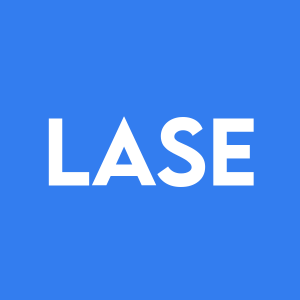Laser Photonics’ CleanTech: The Perfect Tool for Soot Deposit Removal After Fire Damage
- CleanTech laser systems offer a non-contact cleaning method that vaporizes soot rapidly, leaving underlying structures undamaged and intact.
- None.
“Our laser cleaning technology can be used to clean soot from buildings after fire damage in a time-efficient and cost-effective manner,” said Wayne Tupuola, chief executive officer of Laser Photonics. “Soot removal is typically a lengthy process requiring multiple attempts to clean the damaged surface, but with laser cleaning, this process is easier than ever.”
Soot is usually cleaned using chemicals, pressure washing, or sandblasting, all of which create a disposal challenge due to the consumables required. Certain abrasive cleaning methods, like sandblasting, can even damage the surface of the structure you are cleaning. With laser cleaning, you can vaporize the layer of soot rapidly, leaving the underlying brick or concrete undamaged and intact. Due to laser cleaning being a non-contact cleaning method, other materials can also be treated with great success.
For more information about the CleanTech line of roughing, conditioning, and finishing laser systems, please visit https://www.laserphotonics.com/spn or contact our sales department at fiberlaser@laserphotonics.com.
CleanTech Laser Blasting Technology
The CleanTech Laser Blasting Technology manufactured by Laser Photonics is eco-friendly, cost-effective and time-efficient. Applications include rust removal, paint removal, surface preparation and more. This technology is an excellent alternative to traditional cleaning methods like sandblasting, dry ice blasting and other abrasive blasting techniques.
View source version on businesswire.com: https://www.businesswire.com/news/home/20230908892231/en/
David Thierer
Marketing Specialist
Laser Photonics Corporation
dthierer@laserphotonics.com
Source: Laser Photonics Corporation






